- Article Audio
- The Evolution of Curriculum Design: A Journey Through Learning
- From Rigid Structures to Learner-Centered Experiences
- Technology – The Game-Changer
- The Importance of Adaptability
- Curriculum Design in Your Life
- Shaping the Future of Learning
- Why Should You Care?
- Key Takeaways
- Keywords with Definitions
- Frequently Asked Questions
- Myth Buster
- Let’s Talk!
Article Audio
The Evolution of Curriculum Design: A Journey Through Learning
Education isn’t just about filling minds with facts; it’s the blueprint for shaping futures. And the foundation of that blueprint is curriculum design – the art and science of planning what students learn and how. The way we approach curriculum has undergone a fascinating journey over time, and understanding its evolution is key to shaping the most effective educational experiences today and in the years to come.
From Rigid Structures to Learner-Centered Experiences
In the past, curriculum design often resembled a rigid assembly line. The focus was on standardized content delivery and memorization, with little room for individual student needs or exploration. Think of those history lessons filled with dry dates and figures, leaving little sense of the real stories behind them.
Thankfully, education has moved on! Today, there’s a much greater emphasis on creating learner-centered curriculums. This means designing learning experiences that cater to different learning styles, encourage critical thinking, and foster real-world skills like creativity and collaboration. It’s the difference between memorizing a physics formula and designing an experiment to test it in action.
Technology – The Game-Changer
Technology has shaken up the world of curriculum design. Online resources, simulations, and virtual learning environments allow for personalized instruction and immersive experiences. Imagine a student not just reading about ancient Rome, but taking a virtual tour of the Colosseum!
The Importance of Adaptability
The world is changing at lightning speed, and curriculum must adapt with it. Future-focused curriculum design emphasizes preparing students for jobs that may not even exist yet. This means developing adaptability, problem-solving skills, and a constant thirst for learning. It’s not just learning facts today, but being equipped with the tools to learn new things tomorrow.
Curriculum Design in Your Life
The ideas behind curriculum design aren’t just for teachers and fancy academics! They impact all of us:
- Parents: When you advocate for your child at school, you’re actively influencing the curriculum they experience.
- Lifelong Learners: Whether it’s an online course or picking up a hobby, you’re engaging the principles of curriculum design in your own learning journey.
- Citizens: Understanding how curriculum design evolves helps you make informed decisions about education policy and your community.
Shaping the Future of Learning
Curriculum design is a never-ending work in progress. What will it look like in the future? We might see:
- Increased AI Integration: AI-powered tutors could personalize learning paths.
- Focus on Global Citizenship: Curriculum designed to foster collaboration and respect for diverse cultures.
- Emphasis on Well-being: Education addressing not just academics, but also students’ social and emotional well-being.
Want to be part of shaping the future of education? Get involved! Whether it’s volunteering at your local school, supporting innovative educational projects, or simply keeping yourself informed, you have the power to make a difference. Remember, education is the foundation upon which we build our world, and effective curriculum design is the key to creating a better future for all.
Why Should You Care?
- Your children’s education: Understanding curriculum design helps you advocate for the best learning experiences for your children or the children in your community.
- Lifelong learning: The principles of curriculum design apply to your own learning ventures, making you a more effective and engaged learner.
- Informed citizenship: Being aware of how curriculum evolves helps you make informed decisions about education policy and support positive changes in your community.
Key Takeaways
- Curriculum design has evolved from rigid, content-heavy models to learner-centered, adaptable approaches.
- Technology is a major game-changer in curriculum design, enabling personalization and richer experiences.
- Future-focused curriculum emphasizes adaptability, problem-solving, and continuous learning to prepare students for a rapidly changing world.
- Curriculum design impacts everyone – parents, learners, and citizens – and everyone has a role in its improvement.
Keywords with Definitions
- Curriculum Design: The process of planning and structuring educational experiences, including content, activities, and assessment.
- Learner-Centered Curriculum: An approach focused on individual student needs, abilities, and interests.
- Critical Thinking: The ability to analyze information, form reasoned judgments, and make informed decisions.
- Collaboration: Working together towards a common goal.
- Online Resources: Digital materials for learning, like videos, simulations, and learning platforms.
- Personalized Instruction: Tailoring learning experiences to individual student needs and abilities.
- Adaptability: Being able to adjust to new information, situations, or challenges.
- Problem-Solving Skills: The ability to identify problems, find solutions, and implement them.
- Global Citizenship: Understanding one’s place in the world, fostering respect for different cultures, and a responsibility to address global issues.
- Well-being A state of positive physical, mental and emotional health.
Frequently Asked Questions
How can I help my child get the most out of their current curriculum?
Research their school’s approach, communicate with teachers, and supplement with enriching activities at home.
What emerging trends should educators pay attention to?
Look into AI integration, the evolution of global citizenship education, and the rising focus on well-being.
Is there a “one-size-fits-all” best curriculum design?
No! The best approach balances general frameworks with flexibility for individual needs and ongoing adaptation.
Myth Buster
Myth: Technology will replace teachers.
Reality: Technology is a tool. Great teachers are essential in guiding students, interpreting results, and providing human connection that technology can’t replace.
Let’s Talk!
- Should every student follow the same curriculum, or should there be more flexibility for individual interests?
- How can education balance foundational knowledge with the need to develop critical thinking and adaptability?
- How can schools better address student well-being alongside academic goals?
Share your thoughts in the comments below! Let’s keep the conversation about improving education going strong.
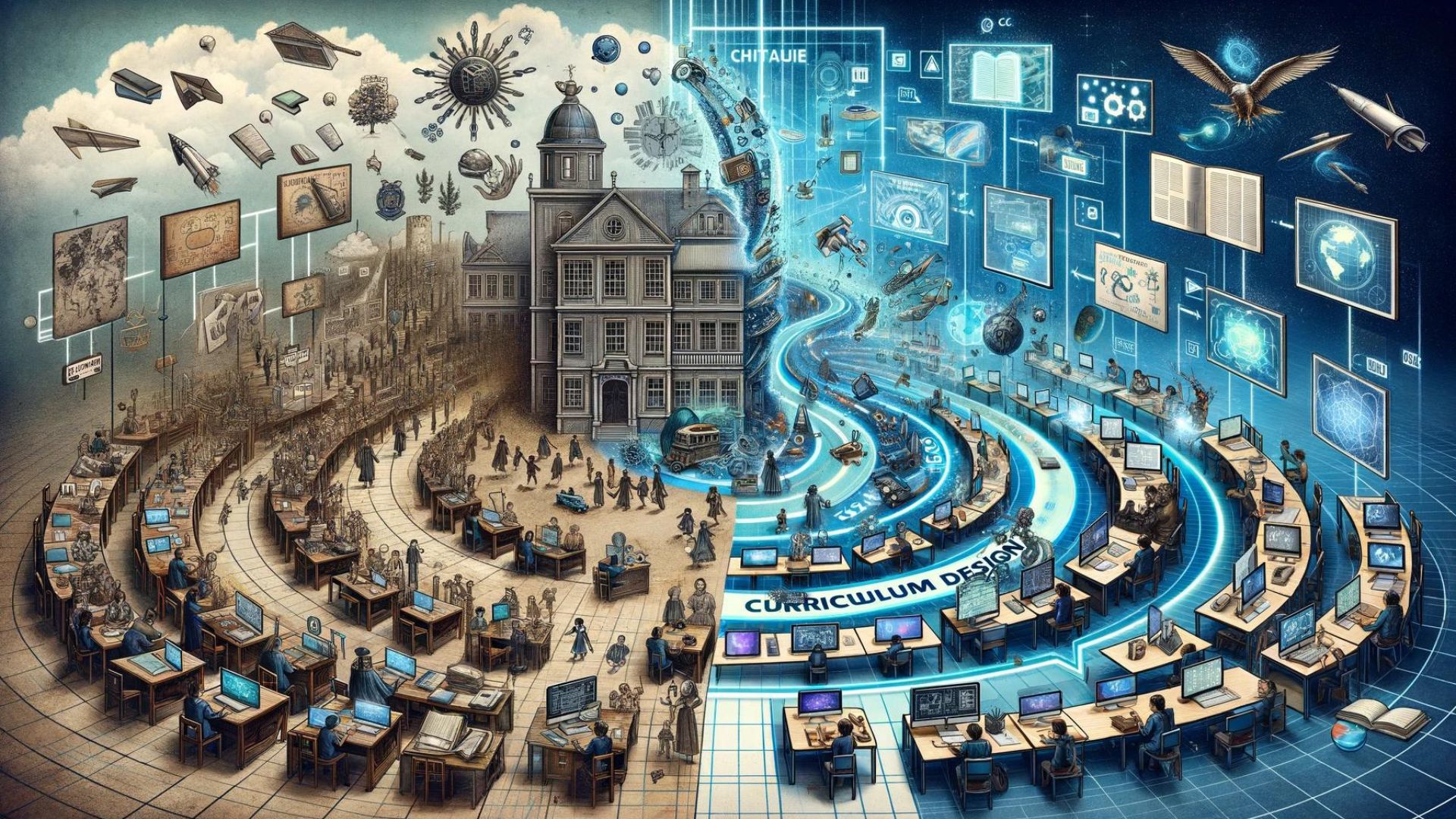
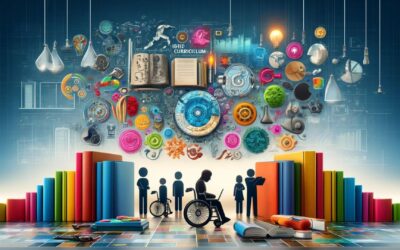
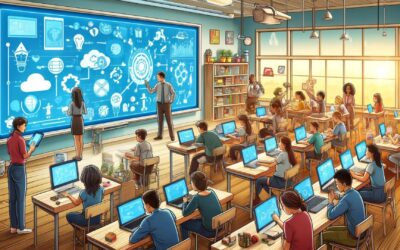
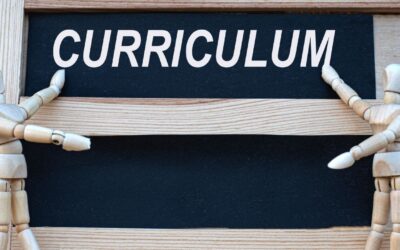

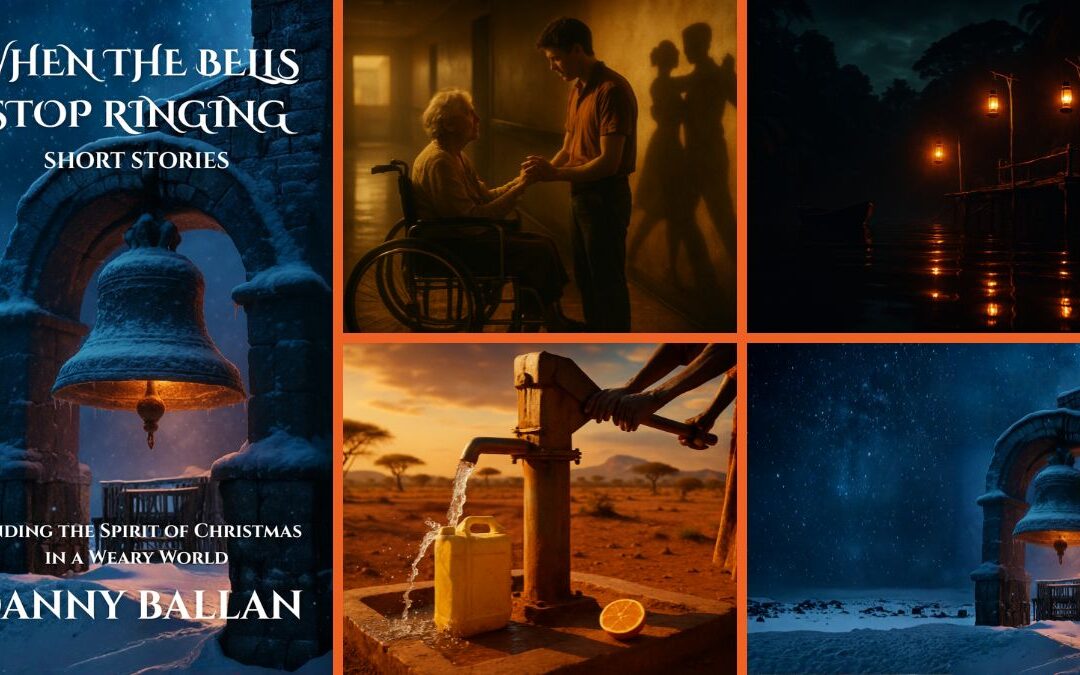

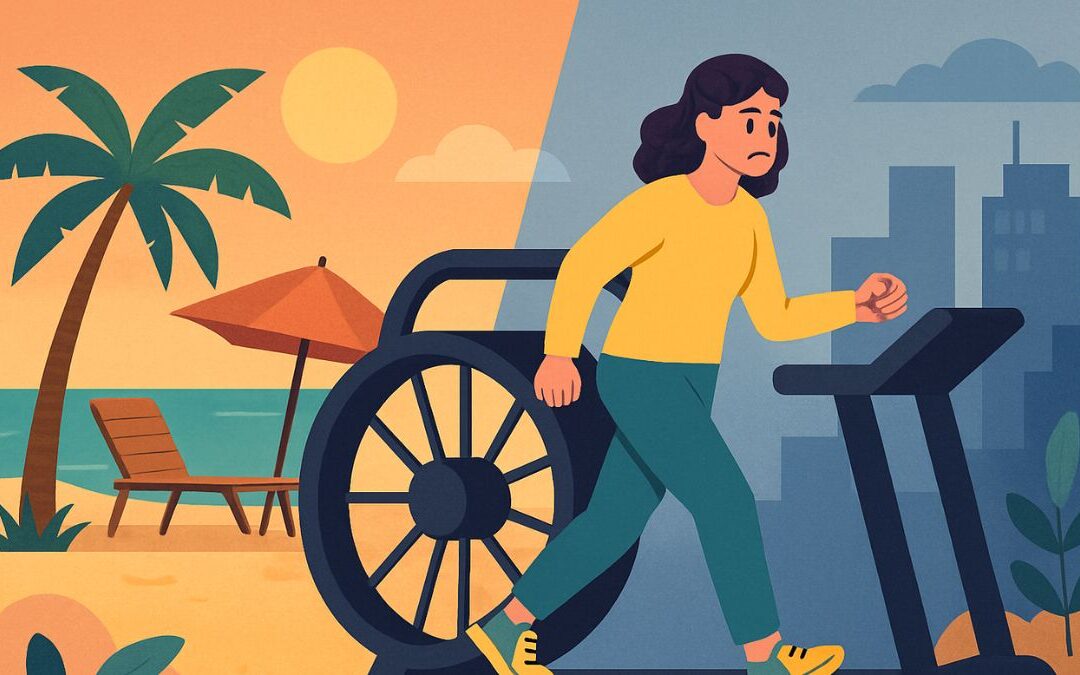


0 Comments